Simple Steps to True Meditation and Mindfulness Mastery
In a world that whirls with relentless speed, have you ever yearned for an anchor, a quiet harbor for your mind? That sanctuary lies within the transformative journey of meditation and mindfulness—not just fleeting moments of silence, but a profound path to inner peace, self-discovery, and true mental clarity. This isn't about emptying your mind, but skillfully engaging it to navigate life with greater presence and wisdom. To illuminate your voyage toward mastery, we've now expanded our guidance to 21 insightful tips. Each serves as a beacon, offering both practical techniques and deeper philosophical insights to enrich your practice, whether you’re just beginning or seeking to elevate your existing skills. Prepare to unlock a more mindful, focused, and fulfilling life, one conscious breath at a time.
1. Understanding the Basics: What is Meditation and Mindfulness
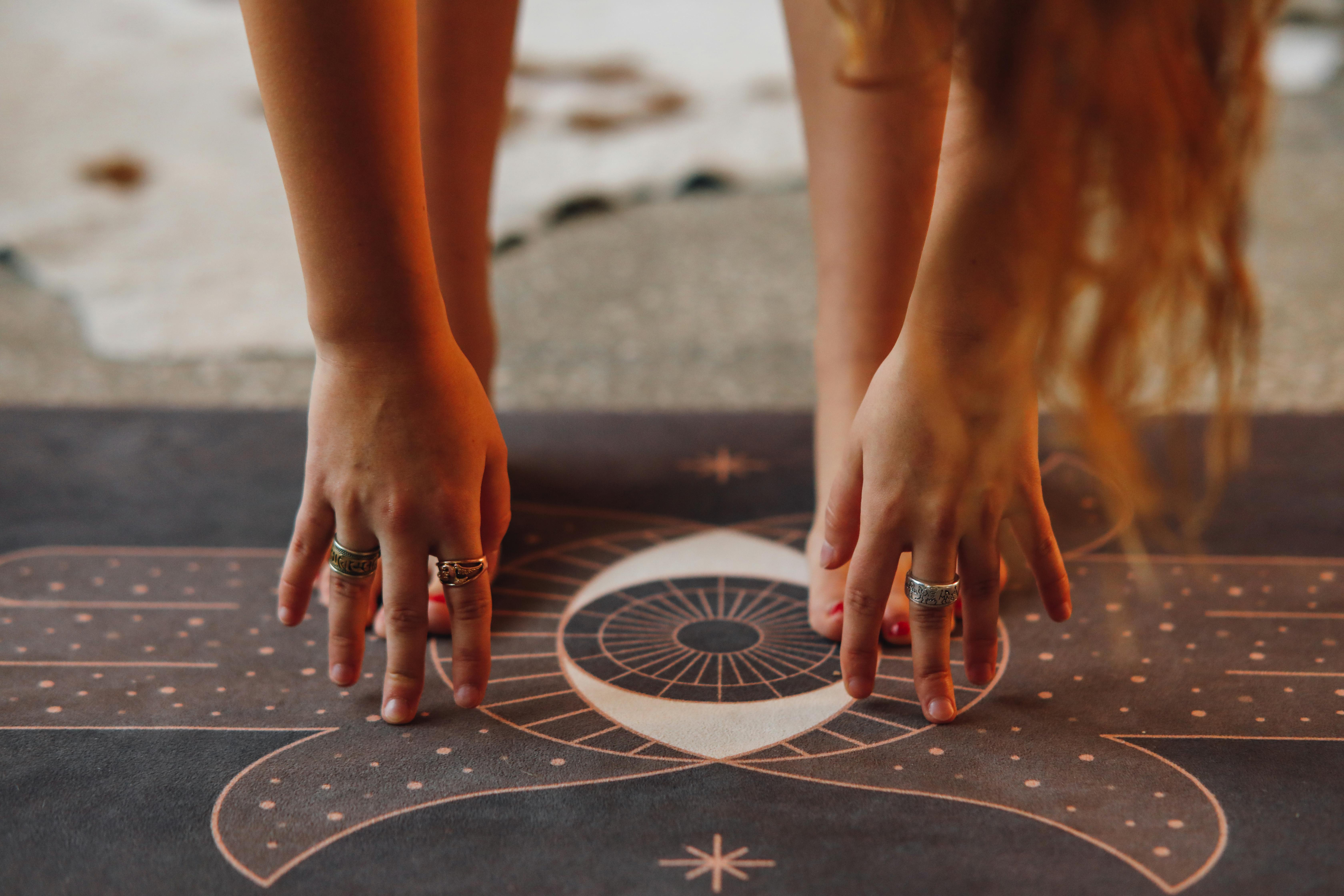
Before diving into the practice, it's essential to grasp the fundamental concepts of meditation and mindfulness. Meditation is often described as a practice where an individual uses a technique—such as mindfulness, or focusing the mind on a particular object, thought, or activity—to train attention and awareness, achieving a mentally clear and emotionally calm state. Mindfulness, on the other hand, is the quality of being present and fully engaged with the current moment, free from distraction or judgment. It’s about being aware of your thoughts and feelings without getting caught up in them. Understanding these definitions helps set the foundation for your practice. By distinguishing between meditation as a practice and mindfulness as a state of being, you can better appreciate how they complement each other. Meditation serves as a tool to cultivate mindfulness, while mindfulness enhances the quality of meditation. This symbiotic relationship is crucial for anyone seeking to master these arts, as it allows for a more integrated approach to mental and emotional well-being.
2. Creating Your Sacred Space: The Environment for Meditation

The environment in which you meditate can greatly influence the quality of your practice. Creating a sacred space dedicated to meditation is a powerful way to enhance your experience. This space should be comfortable, quiet, and free from distractions. It could be a corner of a room, a dedicated room, or even a spot in a garden. The key is to make it a place where you feel at peace. Consider incorporating elements that promote relaxation and focus, such as candles, incense, or soothing music. Personalize it with items that inspire you, like meaningful objects or artwork. The physical act of setting up your space can also be a meditative practice, allowing you to begin your session with intention and mindfulness. This sacred space becomes a sanctuary for your mind, a place where you can retreat from the chaos of daily life and connect with your inner self. Over time, simply entering this space can trigger a sense of calm and readiness for meditation, reinforcing the habit and deepening your practice.
3. The Breath: Your Anchor in Meditation

Breath is a fundamental component of meditation, serving as an anchor that grounds you in the present moment. Focusing on your breath helps quiet the mind, drawing your attention away from the myriad distractions of daily life. Begin by observing your natural breath, noticing the rhythm and sensation as it flows in and out of your body. This simple act can be profoundly calming, as it brings your awareness to the here and now. As you progress, you can experiment with different breathing techniques, such as deep belly breathing or alternate nostril breathing, to enhance your practice. Each technique offers unique benefits, from reducing stress to increasing concentration. The breath is also a powerful tool for managing emotions. By consciously controlling your breath, you can influence your emotional state, promoting feelings of calm and relaxation. Over time, this practice of mindful breathing becomes second nature, a tool you can use anytime, anywhere, to center yourself and maintain mindfulness throughout your day.
4. Embracing the Present: Mindfulness in Daily Life

Mindfulness is not confined to your meditation sessions; it is a way of life. Embracing mindfulness in your daily activities allows you to carry the peace and clarity of meditation into every aspect of your life. Start by bringing your full attention to simple tasks, such as eating, walking, or washing dishes. Notice the sensations, smells, and sounds, and engage with them fully. This practice helps break the cycle of autopilot living, where you move through your day without truly experiencing it. Mindfulness encourages you to live each moment with intention and awareness, fostering a deeper connection with yourself and the world around you. It also enhances your ability to respond to situations with clarity and calmness, rather than reacting impulsively. By cultivating mindfulness in daily life, you build a bridge between your meditation practice and your everyday experiences, allowing the benefits of meditation to permeate every aspect of your life, leading to a more balanced and harmonious existence.
5. Overcoming Challenges: Dealing with Distractions and Restlessness

Meditation and mindfulness practice is not without its challenges. Distractions and restlessness are common obstacles that can hinder your progress. It’s important to approach these challenges with patience and compassion. Understand that the mind is naturally prone to wandering, and distractions are a normal part of the process. When you notice your mind drifting, gently guide your attention back to your breath or chosen focus point. Restlessness can also manifest as physical discomfort or an urge to abandon the practice. In such moments, acknowledge the discomfort without judgment and explore it with curiosity. Often, these sensations are temporary and will pass if you remain patient. Developing a regular practice can also help mitigate these challenges. Consistency creates familiarity, making it easier to settle into meditation over time. Remember, the goal is not to achieve a perfect state of calm but to cultivate awareness and acceptance of whatever arises during your practice. By embracing these challenges, you strengthen your ability to maintain mindfulness amidst the chaos of life.
6. Guided Meditations: Leveraging External Resources
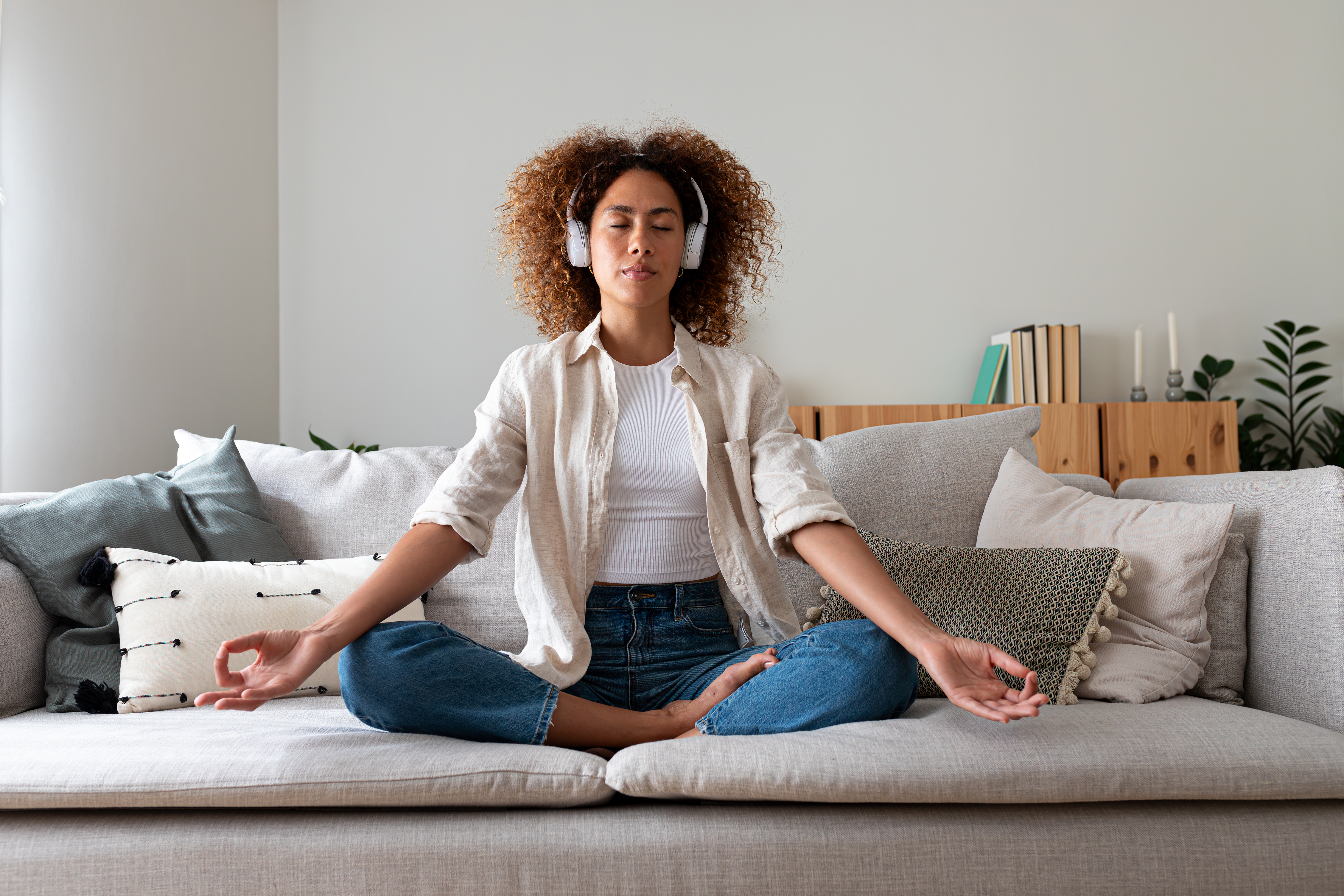
For many, guided meditations serve as a valuable resource in the journey toward mindfulness mastery. These meditations, led by experienced practitioners, provide structure and guidance that can be particularly beneficial for beginners or those seeking to deepen their practice. Guided meditations can cover a wide range of themes, from stress reduction and sleep enhancement to cultivating compassion and gratitude. They often incorporate visualization techniques, body scans, or affirmations, offering varied approaches to suit different needs and preferences. Leveraging these resources can help you explore new dimensions of meditation, keeping your practice fresh and engaging. Additionally, guided meditations can be a source of inspiration and motivation, providing insights and techniques that you can integrate into your personal practice. With the proliferation of meditation apps and online platforms, access to high-quality guided meditations has never been easier. Whether you’re looking to address specific challenges or simply seek a new perspective, guided meditations offer a supportive and enriching addition to your mindfulness journey.
7. Cultivating a Consistent Practice: Building a Routine

Consistency is key to mastering meditation and mindfulness. Building a routine helps establish meditation as a regular part of your life, making it easier to reap its benefits. Start by setting aside a specific time each day for your practice, whether it’s in the morning to set a peaceful tone for the day or in the evening to unwind. Consistency in timing helps create a habit, making it less likely that you’ll skip sessions. It’s also important to be realistic about your goals. Start with short sessions and gradually increase the duration as you become more comfortable. This approach prevents burnout and helps maintain motivation. Consider incorporating meditation into existing routines, such as practicing mindfulness during your morning coffee or a short meditation before bed. By weaving meditation into your daily life, it becomes a natural and integral part of your routine, rather than a chore. Over time, this consistency will deepen your practice, enhancing your ability to maintain mindfulness throughout your day.
8. Exploring Advanced Techniques: Deepening Your Practice

Once you have established a regular practice, you may feel ready to explore advanced meditation techniques to deepen your experience. These techniques can include practices such as loving-kindness meditation, which involves sending goodwill and compassion to yourself and others, or transcendental meditation, which uses a mantra to settle the mind into a state of profound rest. Another advanced technique is vipassana, or insight meditation, which involves observing the sensations in your body as a way to gain insight into the nature of reality. Each of these techniques offers unique benefits and challenges, providing opportunities for growth and exploration. As you experiment with different methods, pay attention to how each one affects your mind and body. This exploration allows you to tailor your practice to your evolving needs and interests, keeping it dynamic and engaging. By delving into advanced techniques, you can deepen your understanding of meditation, uncovering new layers of awareness and insight that enrich your journey toward mindfulness mastery.
9. The Role of Community: Connecting with Fellow Practitioners
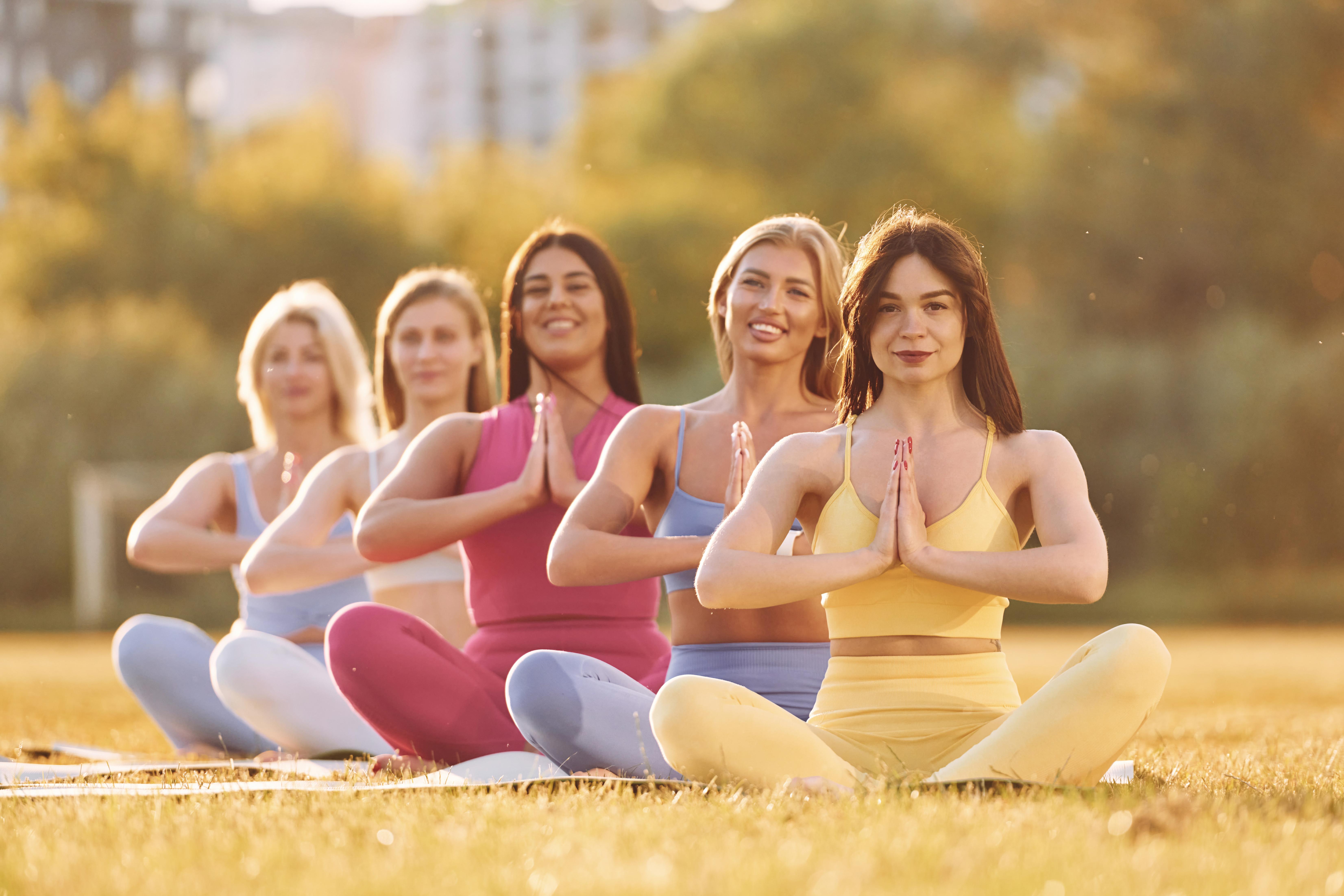
While meditation is often a solitary practice, connecting with a community of fellow practitioners can greatly enhance your journey. Engaging with others who share your interest in meditation and mindfulness provides support, inspiration, and accountability. Joining a meditation group or attending retreats and workshops allows you to learn from experienced teachers and exchange insights with peers. These interactions can introduce you to new perspectives and techniques, enriching your practice. Additionally, a community offers a sense of belonging and shared purpose, reinforcing your commitment to mindfulness. Online communities and forums also provide opportunities to connect with practitioners worldwide, offering a wealth of resources and support. Whether in person or online, engaging with a community can help you navigate challenges, celebrate successes, and deepen your understanding of meditation. By fostering connections with others on the same path, you create a network of support that sustains and enhances your journey toward mindfulness mastery.
10. Incorporating Mindfulness into Movement: Meditative Walking and Yoga

Many people associate meditation with sitting in stillness, but mindfulness can also be cultivated through movement. Meditative walking and yoga offer powerful ways to integrate mindfulness into daily life, combining physical movement with mental clarity. Walking meditation, a practice deeply rooted in Buddhist traditions, involves moving slowly and deliberately, paying close attention to each step and breath. By engaging with your senses—feeling the ground beneath your feet, noticing the rhythm of your breath, and being fully present in the act of walking—you can turn a simple stroll into a deeply grounding experience. Similarly, yoga enhances mindfulness by synchronizing movement with breath, encouraging practitioners to stay present in each pose and transition. Whether you choose a dynamic flow or a gentle restorative session, yoga helps release physical tension while cultivating inner peace. By incorporating mindful movement into your practice, you expand your meditation beyond seated stillness, making mindfulness an integral part of your daily activities and overall well-being.
11. The Art of Mindful Listening: Hearing the World Anew

True mastery involves engaging all senses. Practice mindful listening by tuning into the soundscape around you—not just prominent noises, but the subtle symphony of existence, from a distant bird call to the hum of your refrigerator, or even the sound of silence itself. Approach these sounds without judgment or labeling, simply observing their arising and passing. This deepens your auditory awareness, anchors you firmly in the present, and transforms everyday environments into rich fields for mindfulness practice. It’s about hearing beyond the noise to find the presence within it, a profound yet simple secret.
12. Body Scan Mastery: Tuning Into Your Physical Self with Precision

Go beyond basic body awareness with meticulous body scan meditations. Instead of a general sweep, bring focused, gentle attention to tiny sections of your body sequentially—perhaps inch by inch, from toes to crown. Notice subtle sensations like tingling, warmth, coolness, or pressure without needing to change them. This practice cultivates deep interoception (the sense of your body's internal state), dissolves residual physical tension you might unconsciously hold, and sharpens your ability to concentrate. It’s a powerful way to inhabit your body fully and ground your awareness in tangible reality.
13. Navigating Inner Storms: Mindfully Engaging with Difficult Emotions

Mastery isn't about suppressing difficult emotions but learning to meet them with mindful awareness and courage. When challenging feelings like anger, sadness, or fear arise, instead of reacting or avoiding, gently turn your attention towards them. Observe where you feel them in your body, their intensity, and how they shift, like weather patterns. This practice, often termed "Name it to Tame it" or R.A.I.N. (Recognize, Allow, Investigate, Nurture), builds emotional resilience and shows you that emotions, however intense, are transient and not the entirety of your being.
14. The Gentle Art of Non-Judgment: Observing Without Entanglement

A cornerstone of mindfulness mastery is cultivating non-judgmental observation. This means noticing thoughts, feelings, and sensations as they arise without labeling them "good" or "bad," "right" or "wrong," or getting caught in their narratives. Simply acknowledge their presence with a neutral, curious attention, like watching clouds drift across the sky. This "bare attention" creates space between you and your mental states, reducing reactivity and fostering inner peace. It’s a subtle but transformative skill that allows you to see reality more clearly and navigate life with greater equanimity.
15. Nourishing Your Inner Ally: The Radical Act of Self-Compassion
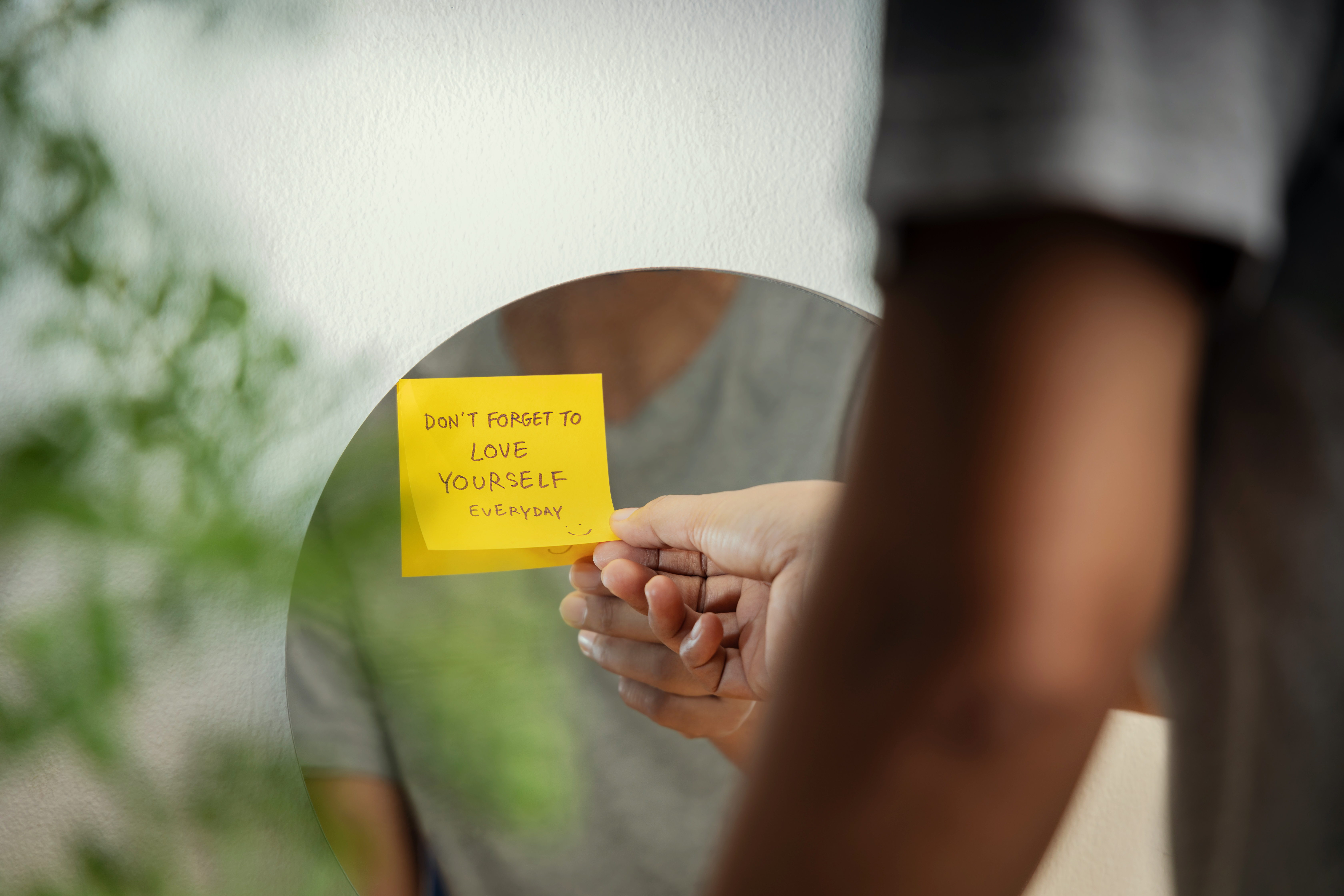
True mindfulness mastery blossoms when intertwined with self-compassion. As you observe your thoughts and struggles, treat yourself with the same kindness and understanding you'd offer a dear friend. Acknowledge your imperfections and moments of difficulty without harsh self-criticism. This isn't self-pity or indulgence but a recognition of shared humanity and a commitment to being your own supportive ally. Cultivating self-compassion makes your practice sustainable, allowing you to meet challenges with resilience and an open heart, transforming your inner landscape from a battleground to a sanctuary.
16. Savor Every Moment: Mindful Eating as a Daily Deep Dive

Elevate the simple act of eating into a profound mindfulness practice. Before your first bite, pause to appreciate the food—its colors, textures, and aromas. As you eat, do so slowly, paying full attention to each mouthful: the taste, the sensation of chewing, the act of swallowing. Notice your body's signals of hunger and fullness. This practice not only enhances digestion and can prevent overeating but also transforms a mundane routine into a rich sensory experience, grounding you deeply in the present moment and cultivating gratitude for life’s simple nourishments.
17. Setting Your Inner Compass: The Power of Intention (Not Goals)
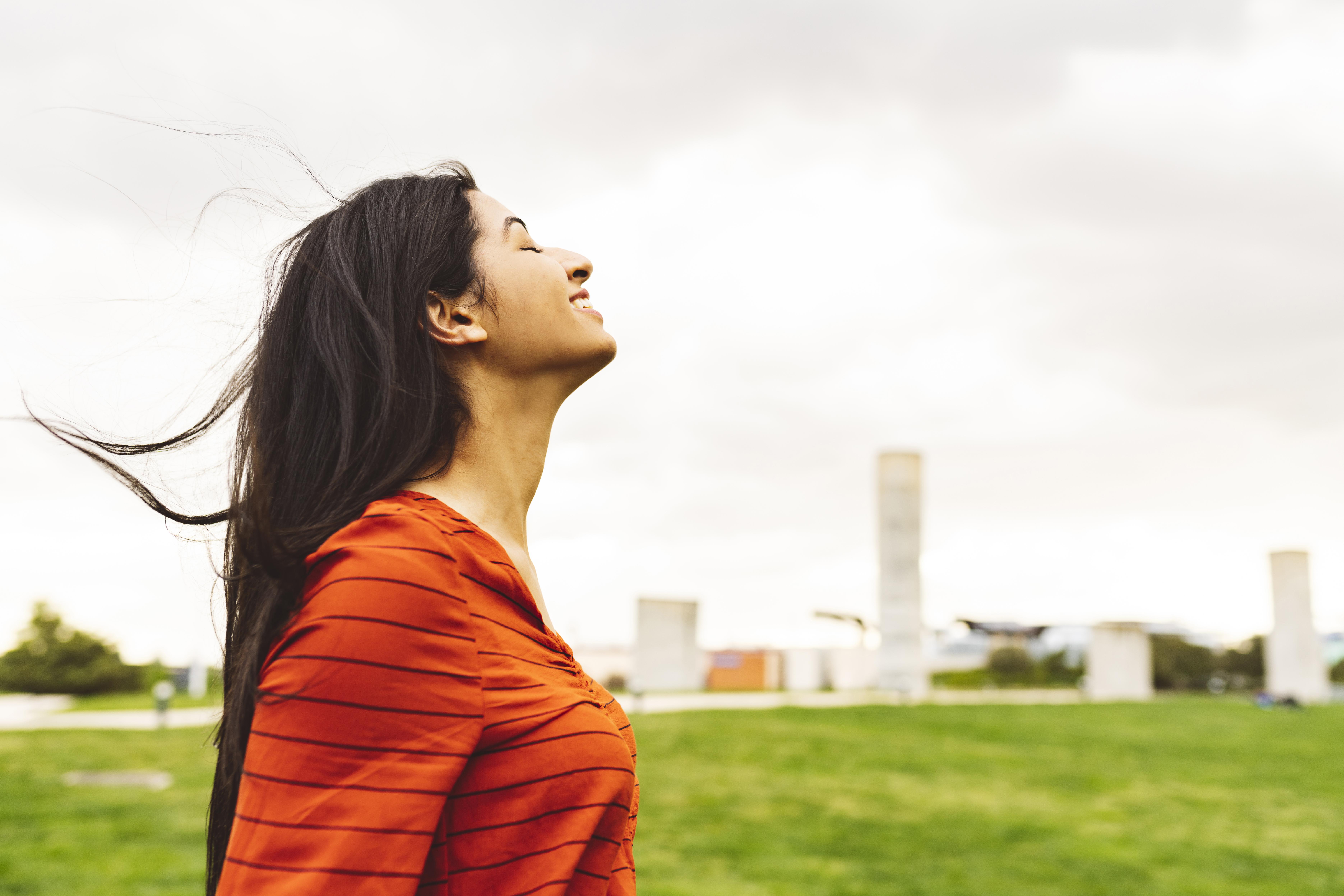
Before each meditation session, or even at the start of your day, gently set an intention rather than a rigid goal. While a goal implies a future outcome to strive for (which can create pressure), an intention orients your heart and mind in the present moment—perhaps towards curiosity, patience, kindness, or simply being aware. This subtle shift transforms your practice from a task to be achieved into an exploration to be experienced. It guides your awareness softly, allowing insights and presence to unfold more organically, fostering a more open and accepting approach to your inner world.
18. Embracing Change: Seeing Impermanence Through a Mindful Lens
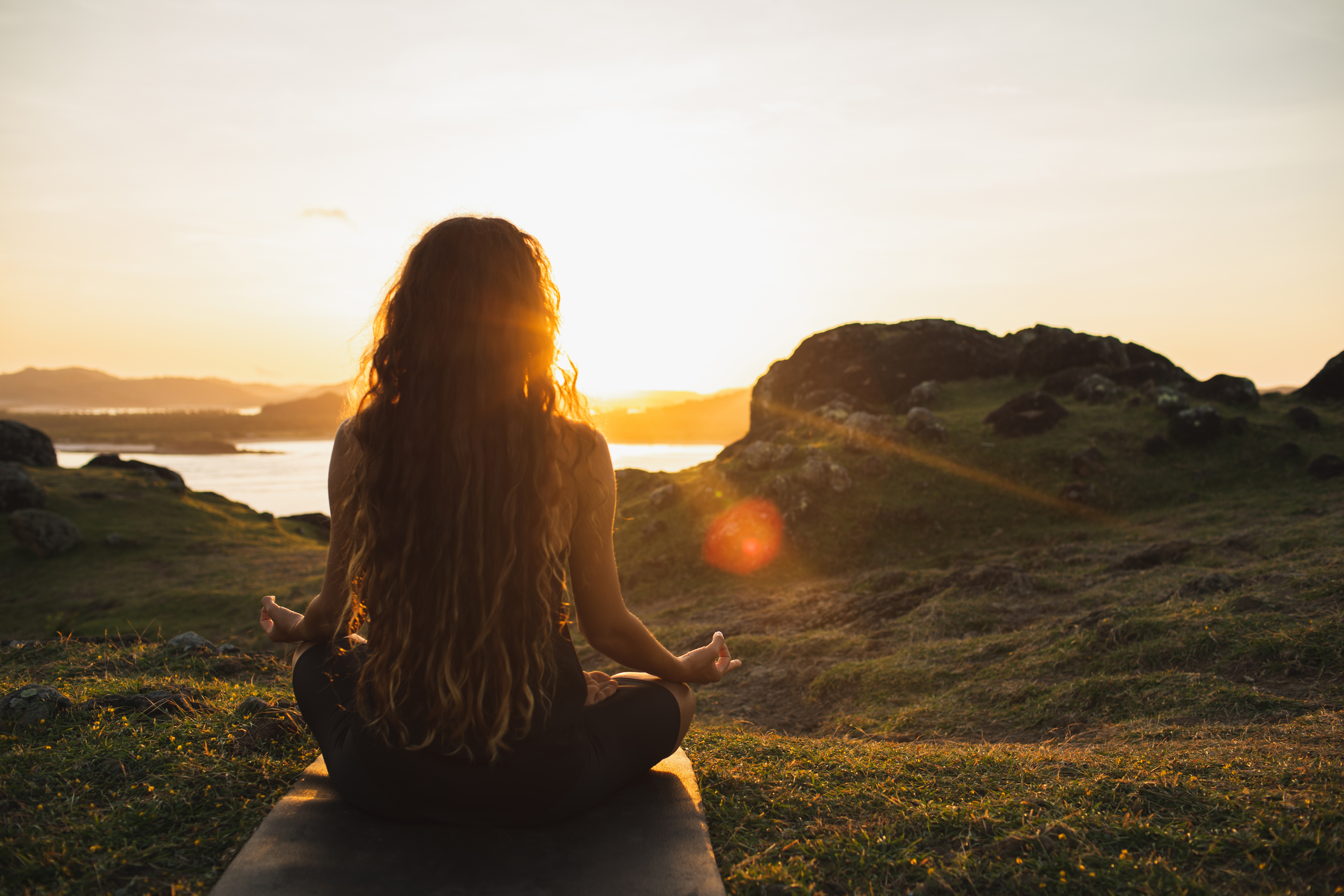
A profound insight from consistent mindfulness practice is the direct experience of impermanence (Anicca). By closely observing your thoughts, emotions, and physical sensations, you'll notice they are constantly arising, changing, and passing away. This isn't a depressing realization but a liberating one. It helps detach you from clinging to pleasant experiences or resisting unpleasant ones, fostering acceptance and resilience. Understanding impermanence on this experiential level allows you to navigate life's inevitable ups and downs with greater wisdom, peace, and a lighter heart, knowing "this too shall pass."
19. The Silent Observer: Cultivating Your Witnessing Consciousness

Develop the capacity to step back and become the "silent observer" or "witness" of your own thoughts and feelings, without getting swept away by them. Imagine your mind is a sky, and thoughts/emotions are clouds passing through. Your witnessing consciousness is the sky itself—vast, open, and unaffected. This practice creates a profound sense of inner space and detachment from mental chatter, revealing a deeper, calmer aspect of your being. It’s not about stopping thoughts, but about changing your relationship to them, realizing you are more than the sum of your mental activity.
20. Mindfulness in Moments: Integrating Micro-Pauses into Your Busiest Days

Mastery isn’t just about lengthy formal sits; it's about weaving mindfulness into the fabric of your day. Sprinkle "micro-pauses" throughout your routine. Before answering the phone, take one conscious breath. While waiting in line, feel your feet on the ground. As you wash your hands, notice the water's temperature. These brief moments of intentional presence, just 10-30 seconds long, accumulate, helping to interrupt autopilot mode, reduce stress, and re-center your awareness. They transform ordinary moments into opportunities for practice, making mindfulness a constant, accessible companion.
21. The Wisdom of Letting Go: Releasing Expectations in Your Practice

Perhaps one of the most "ingenious" secrets to mastery is the art of letting go—specifically, releasing expectations about what your meditation or mindfulness practice should be like. Your mind might be busy one day, calm the next. You might feel profound peace or restless agitation. It’s all part of the process. Trying to force a particular outcome often creates more tension. Instead, approach each moment with openness, curiosity, and a gentle acceptance of "what is." This radical non-striving is where true depth and freedom in your practice begin to flourish.
The Ongoing Journey of Mindfulness Mastery
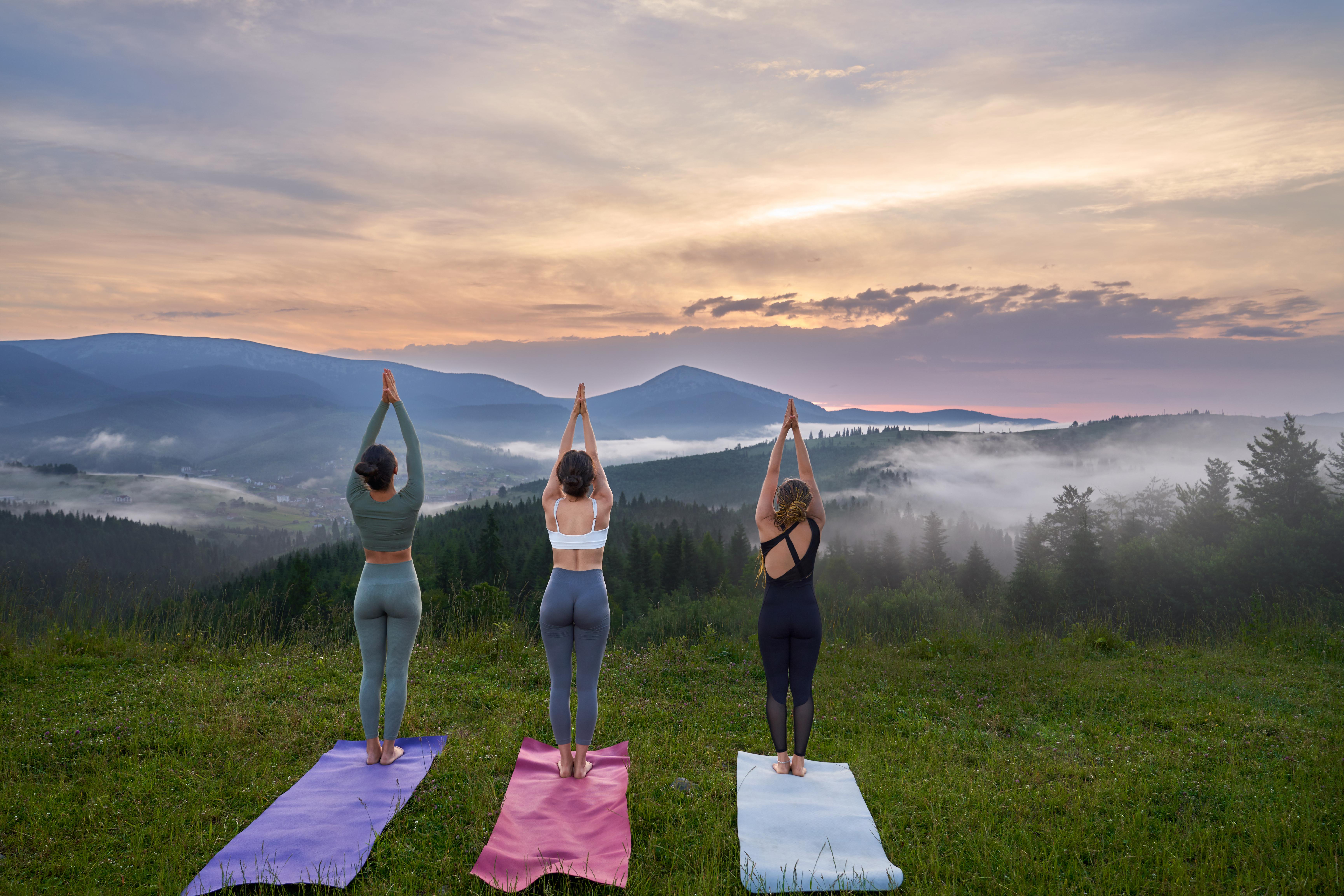
As we conclude this exploration of meditation and mindfulness, it’s important to recognize that mastery is not an endpoint but an ongoing journey. The practice of meditation is a lifelong endeavor, continually evolving as you grow and change. Each moment of mindfulness is a step toward greater awareness and understanding, offering new insights and opportunities for growth. Embrace the journey with patience and curiosity, knowing that each experience, whether challenging or serene, contributes to your development. The tips outlined in this article serve as guideposts, helping you navigate the path with confidence and clarity. As you integrate these practices into your life, you’ll discover a deeper connection with yourself and the world around you, leading to a more mindful and fulfilling existence. Remember, the art of meditation and mindfulness is a personal journey, unique to each individual. Trust in your path, and allow the practice to unfold naturally, guiding you toward a life of peace, presence, and purpose.
